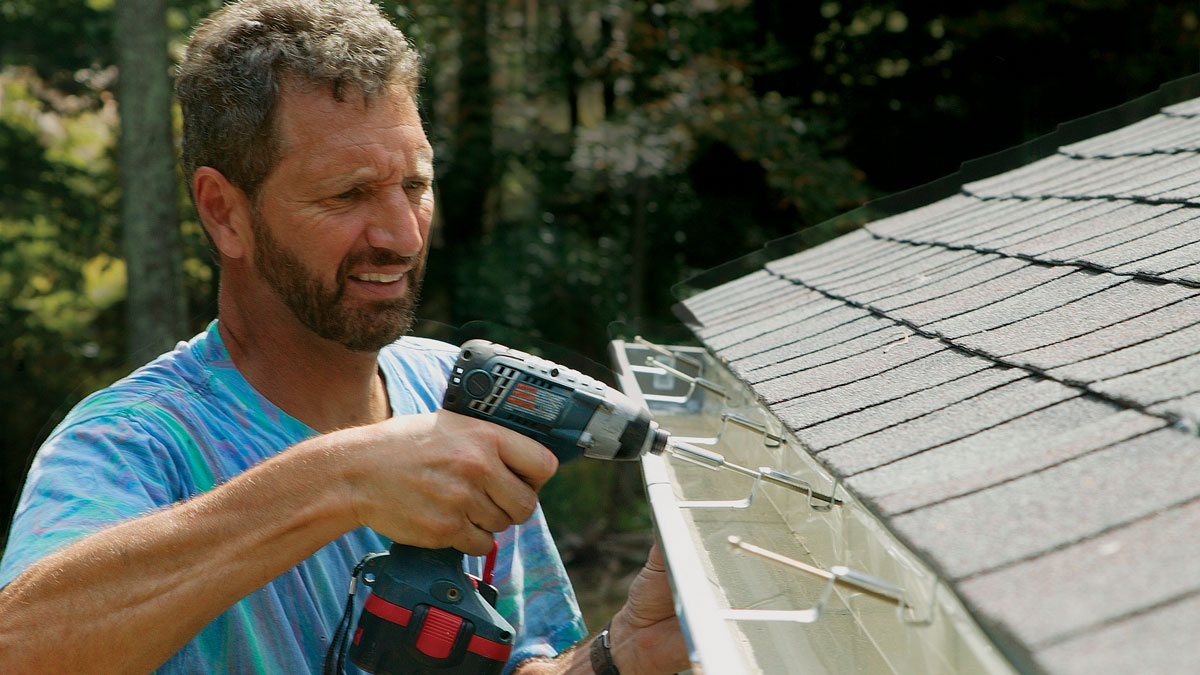

Articles
How Are Seamless Gutters Installed
Modified: March 2, 2024
Learn the step-by-step process of installing seamless gutters with our informative articles. Ensure proper drainage and protect your home with seamless gutters.
(Many of the links in this article redirect to a specific reviewed product. Your purchase of these products through affiliate links helps to generate commission for Storables.com, at no extra cost. Learn more)
Introduction
When it comes to protecting your home from water damage, having a well-functioning gutter system is crucial. Seamless gutters, also known as continuous gutters, are a popular choice for homeowners due to their durability and aesthetically pleasing appearance. Unlike traditional sectional gutters, seamless gutters are custom-made to fit your home, minimizing the risk of leaks and clogs.
In this article, we will discuss the benefits of seamless gutters and guide you through the step-by-step process of installing them. Whether you are considering replacing your existing gutters or installing new ones, understanding the installation process will help you make informed decisions and ensure that your home is well-protected.
So, let’s dive into the world of seamless gutters and discover how they can benefit your home!
Key Takeaways:
- Seamless gutters offer reduced risk of leaks, customized fit, improved aesthetics, durability, and easy maintenance. They add value to your home and provide long-lasting protection against water damage.
- Proper installation of seamless gutters involves meticulous measurement, material selection, fabrication, and careful inspection. Consulting a professional ensures a successful and effective gutter installation process.
Read more: What Are Seamless Gutters
Benefits of Seamless Gutters
Seamless gutters offer several advantages over traditional sectional gutters. Here are some of the key benefits:
- Reduced Risk of Leaks: One of the primary benefits of seamless gutters is that they have fewer joints and seams compared to sectional gutters. This significantly reduces the risk of leaks, as there are fewer opportunities for water to seep through. This seamless design ensures that rainwater is efficiently channeled away from your home, protecting its foundation, walls, and landscaping.
- Customized Fit: Seamless gutters are custom-made to fit your home perfectly. A professional installer will carefully measure the dimensions of your roof and fabricate the gutters accordingly. This ensures a secure and seamless fit that maximizes their efficiency and effectiveness.
- Improved Aesthetics: The seamless design of these gutters contributes to a cleaner and more visually appealing look for your home. With no visible seams interrupting the smooth profile, seamless gutters blend seamlessly into the overall aesthetic of your home’s exterior.
- Durability: Seamless gutters are typically made from high-quality materials such as aluminum or copper, making them highly durable and long-lasting. With proper installation and maintenance, seamless gutters can withstand harsh weather conditions and remain functional for many years.
- Easy Maintenance: Compared to sectional gutters, seamless gutters require less maintenance. The absence of seams and joints reduces the chances of debris accumulation and clogs, making cleaning and maintenance tasks less frequent and easier to carry out.
- Enhanced Home Value: The installation of seamless gutters can add value to your home. Potential buyers appreciate the durability and aesthetic appeal of seamless gutter systems, making them a desirable feature when it comes time to sell your property.
Overall, seamless gutters offer numerous advantages in terms of functionality, durability, and aesthetics. By investing in a seamless gutter system, you can ensure that your home is protected from the damaging effects of water while maintaining its visual appeal.
Preparation for Installation
Before the actual installation process begins, there are a few essential steps that need to be taken to ensure a smooth and successful installation of seamless gutters. Let’s take a look at the preparations required:
- Assess Your Existing Gutters: Start by assessing the condition of your current gutter system. Check for any signs of damage or wear and determine whether a complete replacement is necessary or if only specific sections need to be replaced. This assessment will help you determine the scope of the installation project.
- Research and Choose a Professional Installer: While it is possible to install seamless gutters yourself, it is highly recommended to hire a professional gutter installation company. Research and choose a reputable and experienced installer who can provide quality workmanship and ensure proper installation.
- Obtain Necessary Permits: In some areas, a building permit may be required for gutter installation. Check with your local building authority to determine whether any permits are necessary and obtain them before starting the installation process.
- Clear Debris and Clean the Work Area: Before the installation begins, it is crucial to clear any debris, leaves, or twigs from your existing gutters and the surrounding area. This will ensure that the installation can be carried out smoothly and with minimal interruptions.
- Inspect the Fascia and Soffit: Examine the fascia and soffit boards that the gutters will be attached to. Look for any signs of rot, damage, or deterioration. If any repairs or replacements are needed, address them before the installation begins to provide a solid and secure foundation for the new gutters.
- Choose the Gutter Material: Consider the different materials available for seamless gutters, such as aluminum, copper, or steel. Each material has its own advantages and price range. Research the pros and cons of each material and choose the one that best suits your needs, budget, and aesthetic preferences.
- Decide on Gutter Size and Style: Determine the appropriate size and style of gutters for your home. Consider factors such as the roof size, average rainfall in your area, and any specific architectural features of your home that may influence the gutter design.
- Plan for Downspout Placement: Decide on the location and number of downspouts required to efficiently drain rainwater away from your home. Consider the slope of your landscape and the distance between downspouts to ensure proper water flow.
By completing these preparations, you will be well-prepared for the seamless gutter installation. Now that you have all the necessary information and have made the appropriate decisions, you can move forward with confidence knowing that your home will soon be equipped with a functional and efficient gutter system.
Step 1: Measurement and Assessment
Accurate measurement and assessment are crucial steps in the installation process of seamless gutters. This step ensures that the gutters will fit perfectly and function effectively. Here’s what you need to do:
- Measure the Roofline: Begin by measuring the length of your roofline where the gutters will be installed. Use a measuring tape to get precise measurements from corner to corner, taking into account any angles or bends in the roofline.
- Assess the Roof Slope and Pitch: Determine the slope and pitch of your roof. This information is essential for determining the proper angle and direction of the gutters to ensure optimal water flow. A steeper roof slope may require larger downspouts or additional gutter hangers for support.
- Evaluate the Eaves and Soffits: Examine the condition of the eaves and soffits where the gutters will be attached. Look for any signs of damage, rot, or decay. If there are any issues, they should be addressed and repaired before proceeding with the installation.
- Identify Obstacles and Clearance: Take note of any obstacles in the installation area that may affect the placement of the gutters or downspouts. This could include vents, chimneys, or other structures that might interfere with the gutter system. Ensure that there is adequate clearance for the gutters to function properly.
- Consider Water Flow: Evaluate the direction and flow of water runoff from your roof. Identify any problem areas where water tends to accumulate or pool. This will help determine the best placement of downspouts to ensure efficient drainage away from your home’s foundation.
- Consult with a Professional: If you are unsure about any aspect of the measurement and assessment process, it is recommended to consult with a professional gutter installer. They have the expertise to accurately measure your roofline, assess potential issues, and provide guidance on the best gutter system for your home.
By carefully measuring the roofline, assessing the slope and pitch, and considering other factors, you can ensure that the seamless gutters are customized to fit your home perfectly. This attention to detail in the measurement and assessment stage will lay the foundation for a successful gutter installation.
Step 2: Material Selection
Choosing the right material for your seamless gutters is an important decision that will impact their durability, functionality, and overall appearance. Here are some common materials used for seamless gutters:
- Aluminum: Aluminum is the most popular choice for seamless gutters due to its affordability, durability, and resistance to rust. It is lightweight, making it easier to install, and requires minimal maintenance. Aluminum gutters are available in a wide range of colors to complement your home’s exterior.
- Copper: If you’re looking for a more premium and elegant option, copper gutters are an excellent choice. Copper develops a beautiful patina over time, adding character to your home. While copper gutters require more initial investment, they are extremely durable and can last for decades with proper maintenance.
- Steel: Steel gutters are known for their strength and durability. They can withstand harsh weather conditions and are less prone to denting or bending. However, steel gutters may require regular maintenance to prevent rust, and they tend to be more expensive than aluminum gutters.
- Vinyl: Vinyl gutters are a budget-friendly option that offers easy installation and low maintenance. They are lightweight and resistant to rust and corrosion. However, vinyl gutters may not be as durable as metal options and can become brittle over time, especially in extreme temperatures.
- Zinc: Zinc gutters are a durable and eco-friendly option. They are resistant to corrosion and can develop a natural patina, similar to copper. Zinc gutters are known for their longevity, often lasting 50 years or more. However, they come at a higher cost compared to other materials.
When selecting the material for your seamless gutters, consider factors such as your budget, the climate in your area, and the desired aesthetic for your home. It’s also a good idea to consult with a professional gutter installer, who can provide guidance based on their expertise and your specific needs.
Remember, the material you choose for your seamless gutters will impact their performance and longevity. Take the time to research and select a material that aligns with your needs and preferences, ensuring that your new gutters will effectively protect your home for years to come.
Read more: How Do They Make Seamless Gutters
Step 3: Fabrication of Gutters
Once the measurements have been taken and the material has been selected, the next step in the installation of seamless gutters is the fabrication process. This involves the custom manufacturing of the gutters to fit your home’s specific dimensions. Here’s what happens during the fabrication stage:
- Transfer the Measurements: The measurements taken in the previous step will be transferred to the gutter material. This ensures that the gutters will be fabricated to the exact length required for your roofline.
- Cutting the Material: Using specialized cutting tools, the gutter material, whether aluminum, copper, or another chosen material, will be cut into the appropriate lengths. Precision is essential during this step to ensure that the gutters fit seamlessly along your roofline.
- Forming the Gutters: After the material has been cut, it is then formed into the shape of the gutters. This is typically done using a gutter machine, which shapes the material into the desired profile. The machine creates a continuous gutter with no seams, resulting in a clean and uniform look.
- Adding End Caps: Once the gutters have been formed, end caps are affixed to both ends. These end caps serve as a barrier to prevent water from escaping the gutters and ensure that the water flows in the desired direction.
- Testing for Quality: Before the gutters are ready for installation, they go through a quality control process to ensure that they meet the required standards. This may involve checking for any defects, ensuring that the gutters are properly formed and free of any imperfections.
- Optional Additional Features: Depending on your specific needs, additional features can be incorporated during the fabrication process. For example, if your home is in an area prone to heavy rainfall, larger downspouts or gutter guards can be added to enhance water flow and prevent clogs.
The fabrication of seamless gutters is a crucial step as it ensures that the gutters are custom-made to fit your home perfectly. The precise measurements and quality craftsmanship during fabrication contribute to the overall effectiveness and longevity of the gutter system.
Once the gutters have been fabricated and passed quality control, they are ready for installation. In the next steps, we will guide you through the process of removing old gutters (if applicable) and installing the new seamless gutters to protect your home effectively.
When installing seamless gutters, make sure to properly slope them towards the downspouts to ensure proper drainage and prevent water buildup.
Step 4: Removal of Old Gutters (if applicable)
If you have existing gutters that need to be replaced, it is necessary to remove them before installing the new seamless gutters. Removing old gutters involves careful disassembly and disposal. Here’s how to go about it:
- Prepare the Work Area: Before starting the removal process, ensure that the work area is clear of any obstacles or debris. This will make the task easier and safer.
- Secure a Ladder: Use a sturdy ladder that allows you to reach the gutters safely. Ensure that it is placed on stable ground and positioned at a proper angle for the task at hand.
- Start with the Downspouts: Begin by disconnecting the downspouts from the existing gutters. This is typically done by removing screws or brackets that hold them in place. Carefully take out the downspouts and set them aside for later use or disposal.
- Remove Gutter Sections: Next, disassemble the gutter sections one by one. Start at one end and work your way towards the other end. Use a screwdriver or drill to remove any screws or fasteners that hold the gutters in place. Be cautious and work slowly to prevent any damage to your home’s fascia or soffit.
- Inspect the Fascia and Soffit: As each gutter section is removed, inspect the fascia and soffit boards for any signs of damage, rot, or decay. Address any issues promptly before installing the new gutters.
- Dispose of Old Gutters: Once all the old gutters and downspouts have been removed, dispose of them responsibly. Check with local regulations for proper disposal methods, as some materials may need to be recycled rather than thrown in the trash.
- Clean the Work Area: After the removal process is complete, take the time to clean the work area thoroughly. Remove any remaining debris or dirt to ensure a clean surface for installing the new gutters.
Removing old gutters is an important step in the installation process. It allows for a fresh start with the new seamless gutters and ensures that any underlying issues with the fascia or soffit boards can be addressed before the installation. By following these steps, you can safely and effectively remove the old gutters and prepare for the installation of the new seamless gutter system.
Step 5: Installation of Downspouts
Once the old gutters have been removed, the next step in installing the new seamless gutter system is the installation of downspouts. Downspouts play a vital role in directing water away from your home’s foundation. Here’s how to install them:
- Plan the Downspout Placement: Determine the optimal location for the downspouts based on the slope of your landscape and the architectural design of your home. Downspouts should be strategically placed to ensure efficient water drainage.
- Measure and Cut Downspout Sections: Using a measuring tape, determine the required length for each downspout section. Use a hacksaw or tin snips to cut the downspouts to the appropriate length. Remember to account for any elbows or bends in the downspout system.
- Attach Elbows and Connectors: Install elbows and connectors as needed to create a pathway from the seamless gutters to the ground level or drain system. Use screws or rivets to securely attach these components.
- Secure Downspouts to the Wall: Install brackets or straps to secure the downspouts to the exterior wall of your home. Ensure that they are securely fastened and level to prevent sagging or detachment over time. Use a level to ensure proper alignment.
- Connect Downspout Sections: Connect the individual downspout sections together using the appropriate connectors or couplers. The sections should fit tightly together to prevent any gaps where water could leak or escape.
- Extend Downspouts: If necessary, extend the downspouts to an appropriate length to ensure that the water is directed away from your home. You can use downspout extensions or splash blocks to achieve this.
- Test the Downspouts: Once the downspouts are installed, run water through the gutters to test the flow and ensure that the downspouts are functioning properly. Make any necessary adjustments or repairs to ensure optimal water drainage.
Properly installed downspouts are essential for the effective functioning of your seamless gutter system. They can prevent water damage and protect your home’s foundation. By following these steps, you can ensure that the downspouts are securely attached and properly directed to channel water away from your home.
Step 6: Installation of Gutters
With the downspouts in place, it’s time to install the seamless gutters themselves. Proper installation is crucial to ensure that the gutters function effectively and provide adequate protection for your home. Here’s how to install the seamless gutters:
- Start at a Corner: Begin the installation at a corner of your home. Use a level and chalk line to create a reference line for the gutter installation. This will ensure that the gutters are properly aligned and sloped for efficient water flow.
- Install Gutter Hangers: Attach gutter hangers along the fascia board at regular intervals to provide support for the gutters. The spacing between the hangers will depend on the type and size of the gutters being installed.
- Secure the Gutters: Place the seamless gutters onto the hangers, making sure that they are positioned correctly and level. Use screws or nails to secure the gutters to the hangers, ensuring a tight fit and proper alignment.
- Connect Gutter Sections: If necessary, connect multiple gutter sections together using connectors or couplers. Make sure the sections fit securely to prevent any gaps where water could leak.
- Create Proper Slope: Ensure that the gutters slope slightly towards the downspouts to allow for efficient water drainage. A gradual slope of approximately 1/4 inch for every 10 feet of gutter length is recommended.
- Seal Joints and End Caps: Apply a high-quality gutter sealant to seal the joints and end caps of the gutters. This will prevent water from seeping through any potential gaps and ensure a watertight seal.
- Inspect for Proper Alignment: Step back and visually inspect the gutters for proper alignment and fit. Ensure that they are securely attached, level, and properly sloped for efficient water flow.
- Test the Gutters: Run water through the gutters to test for any leaks or potential issues. Make any necessary adjustments or repairs to ensure proper function and water drainage.
Installing the seamless gutters requires attention to detail and precision to ensure that they are correctly aligned and securely fastened. By following these steps, you can install your seamless gutters effectively, providing your home with reliable protection against water damage.
Read more: Where To Buy Seamless Gutters
Step 7: Inspection and Finishing Touches
After completing the installation of the seamless gutters, the final step is to inspect the system and add finishing touches. This ensures that the gutters are properly installed and functioning optimally. Here’s what you need to do:
- Inspect for Any Defects: Carefully inspect the entire gutter system for any defects, such as loose fasteners, gaps, or misalignments. Make any necessary adjustments or repairs to ensure that the gutters are in perfect working condition.
- Check for Proper Water Flow: Test the gutters by running water through them and observe the water flow. Ensure that it is flowing smoothly and effectively towards the downspouts without any pooling or blockages.
- Inspect the Downspouts: Examine the downspouts for any obstructions, such as debris or leaves. Clear any blockages to ensure that the downspouts can efficiently channel water away from your home.
- Reinforce Attachment Points: Double-check the attachment points of the gutters to ensure that they are securely fastened to the hangers or brackets. Reinforce any weak or loose areas to prevent sagging or detachment in the future.
- Add Gutter Guards (Optional): Consider installing gutter guards to prevent debris, leaves, and other debris from entering the gutters. Gutter guards help minimize clogs and reduce the frequency of gutter cleaning, making maintenance easier.
- Clean Up: Once the inspection is complete, remove any debris or leftover materials from the installation process. Clean the surrounding area to provide a neat and tidy appearance.
- Maintain Regular Maintenance: To ensure the longevity and optimal functioning of your seamless gutters, establish a regular maintenance routine. This includes periodically cleaning the gutters, inspecting for any damage, and promptly addressing any issues that arise.
By conducting a thorough inspection and adding the finishing touches, you can be confident that your seamless gutter system is properly installed and ready to protect your home from water damage. Regular maintenance will help to prolong the lifespan of your gutters and ensure their continued effectiveness.
Remember, if you have any doubts or concerns during the installation process, it is always advisable to consult with a professional gutter installer who can provide guidance and ensure a successful installation.
Conclusion
Installing seamless gutters is a worthwhile investment that can protect your home from the damaging effects of water and enhance its overall appearance. The seamless design, customized fit, and durability of these gutters provide numerous benefits over traditional sectional gutters.
In this comprehensive guide, we discussed the step-by-step process of installing seamless gutters. We covered the importance of measurement and assessment, material selection, fabrication of gutters, removal of old gutters (if applicable), installation of downspouts, installation of gutters, and inspection and finishing touches.
By following these steps and taking care during each stage of the installation process, you can ensure that your seamless gutter system fits perfectly, functions effectively, and provides long-lasting protection for your home. Additionally, regular maintenance and inspection will help to extend the lifespan of your gutters and maintain their optimal performance.
Remember, if you are uncertain or uncomfortable with any aspect of the installation, it is always recommended to seek the assistance of a professional gutter installer. They have the expertise, tools, and experience to ensure a seamless and successful installation.
With the proper installation of seamless gutters, you can have peace of mind knowing that your home is safeguarded against water damage, foundation problems, and costly repairs. So, take the necessary steps to protect your home and enjoy the benefits of a functional and visually appealing seamless gutter system.
Frequently Asked Questions about How Are Seamless Gutters Installed
Was this page helpful?
At Storables.com, we guarantee accurate and reliable information. Our content, validated by Expert Board Contributors, is crafted following stringent Editorial Policies. We're committed to providing you with well-researched, expert-backed insights for all your informational needs.
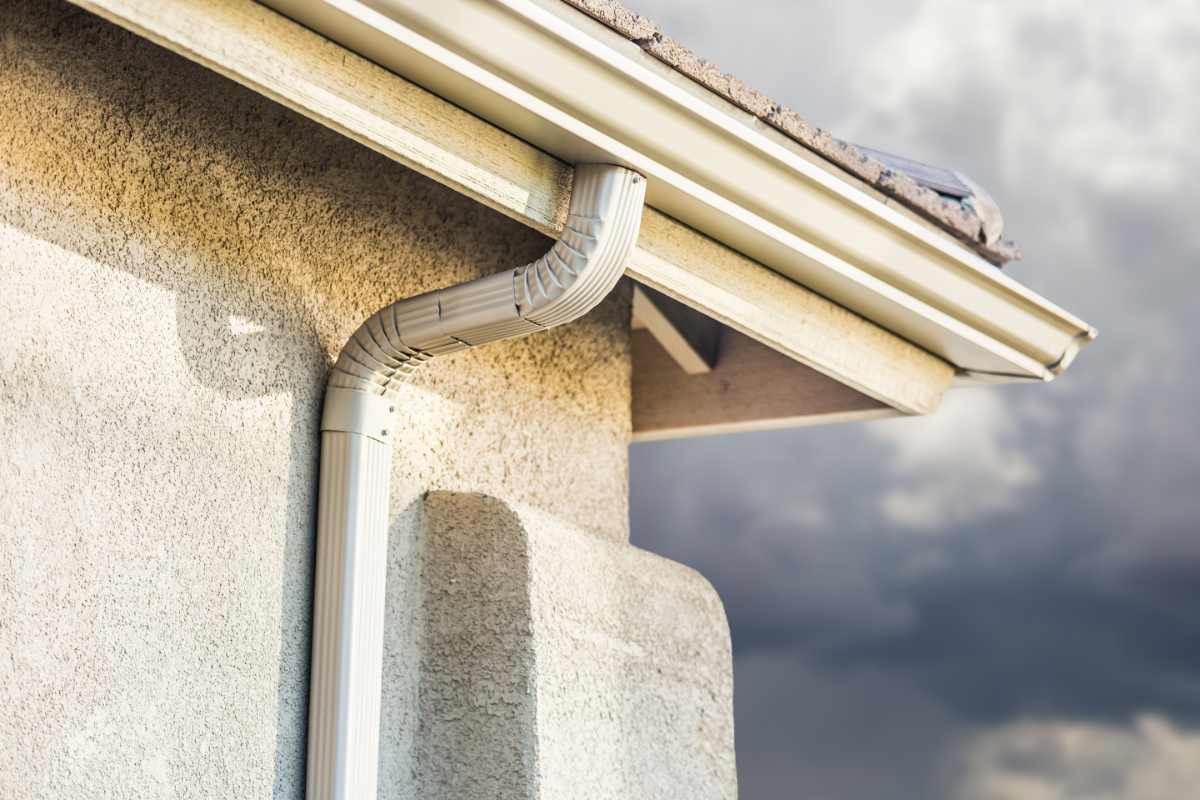
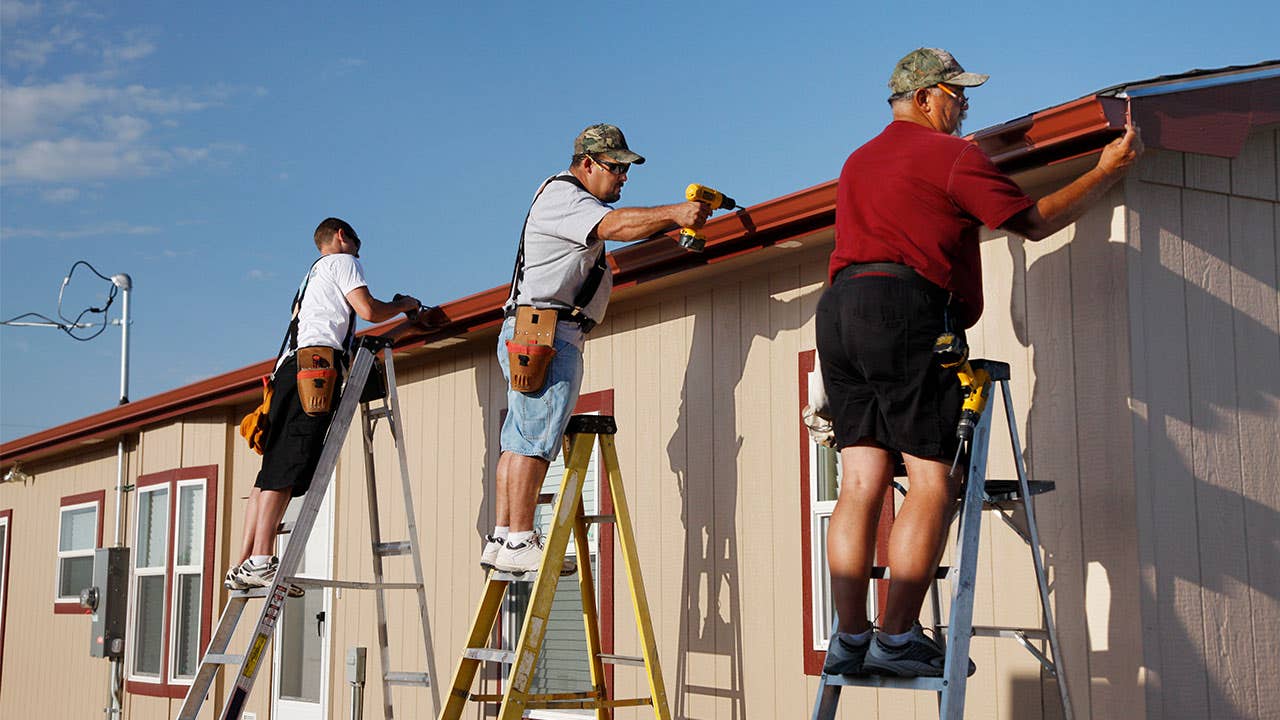
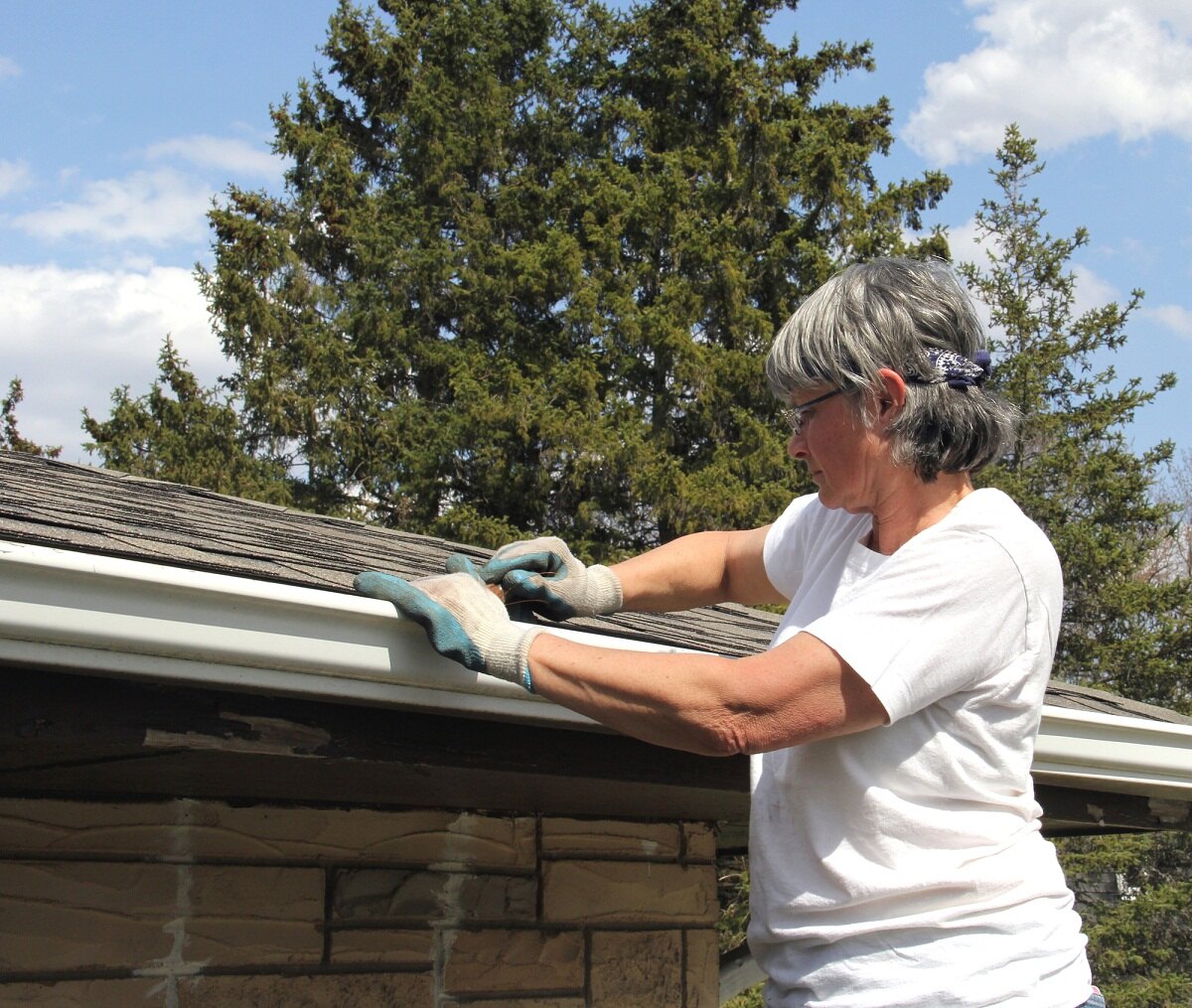
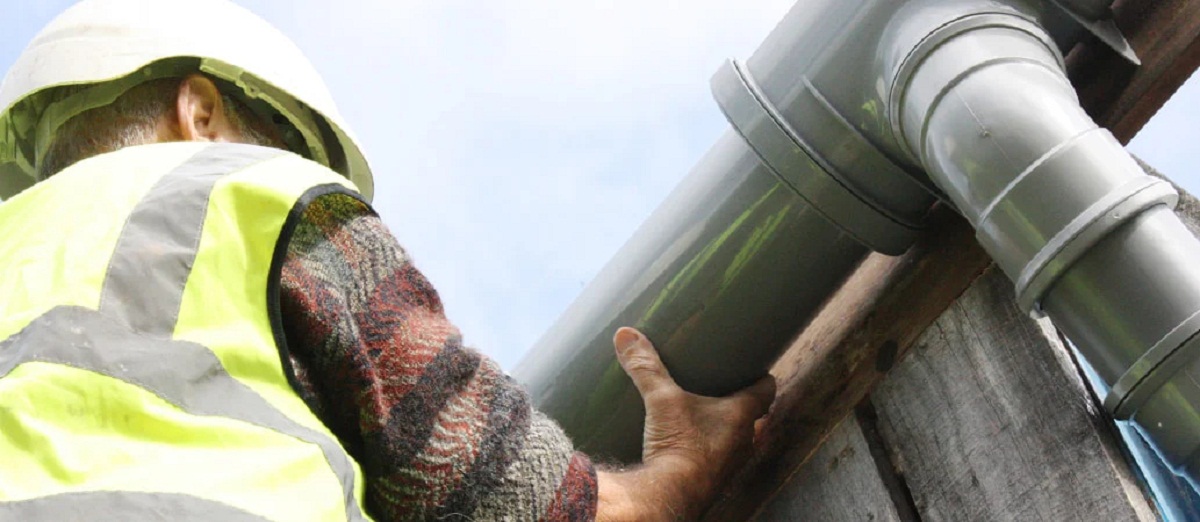
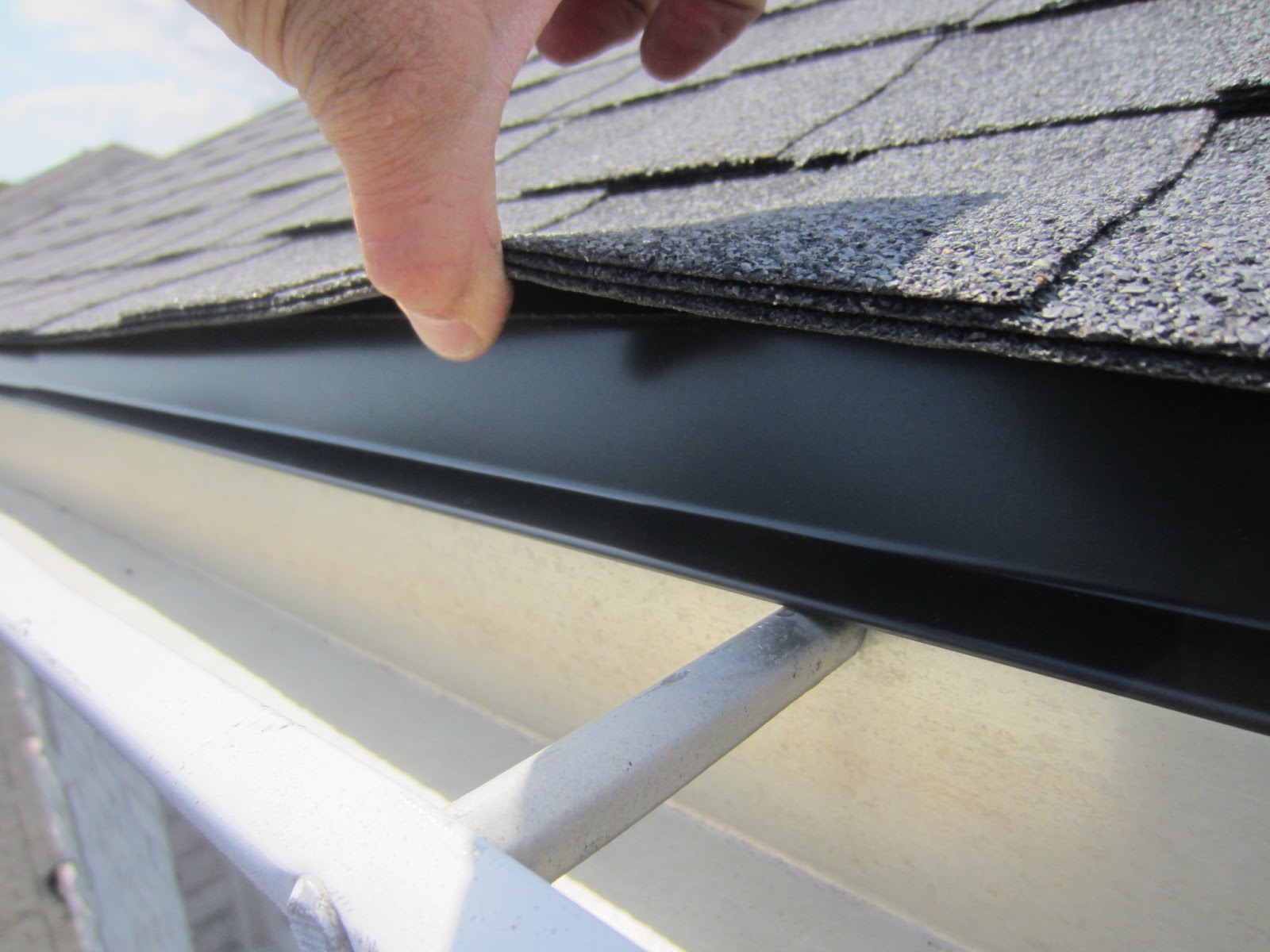
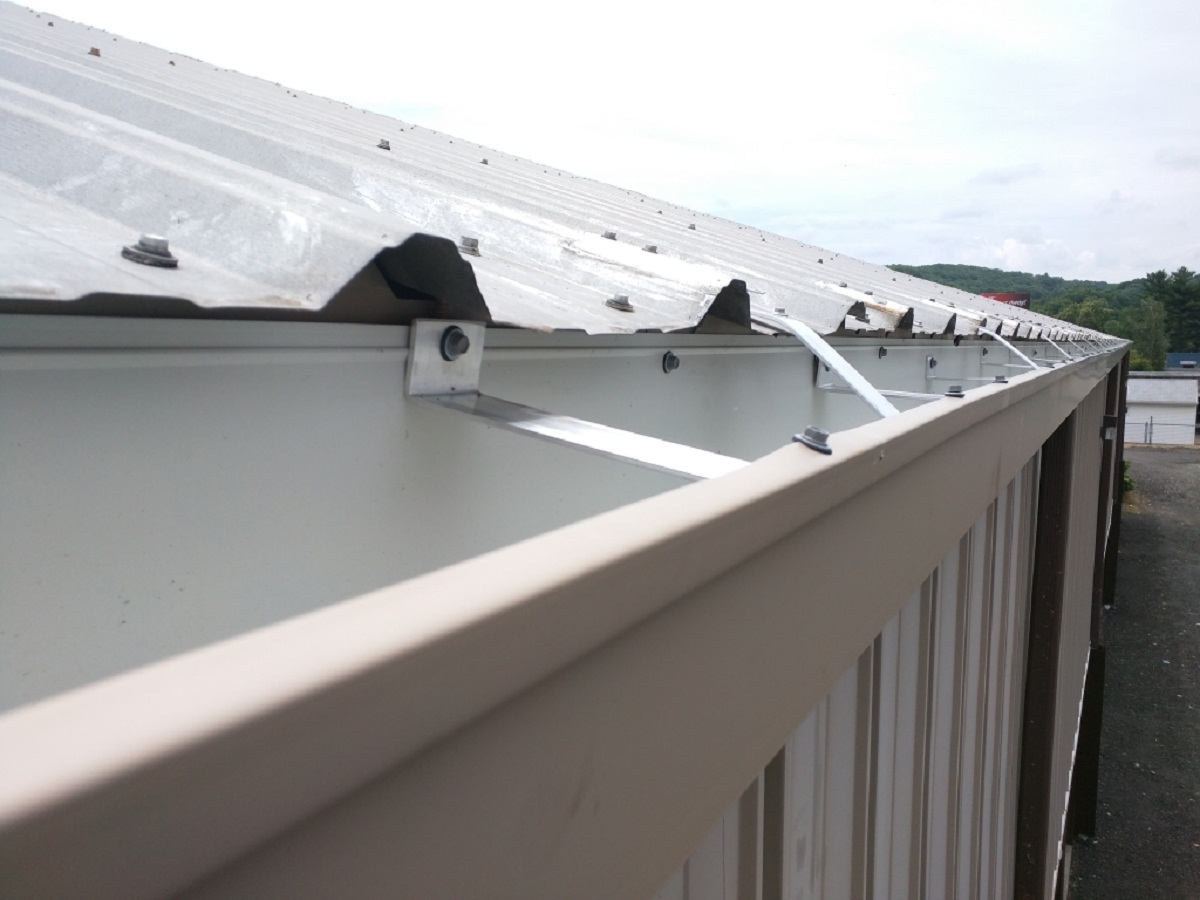

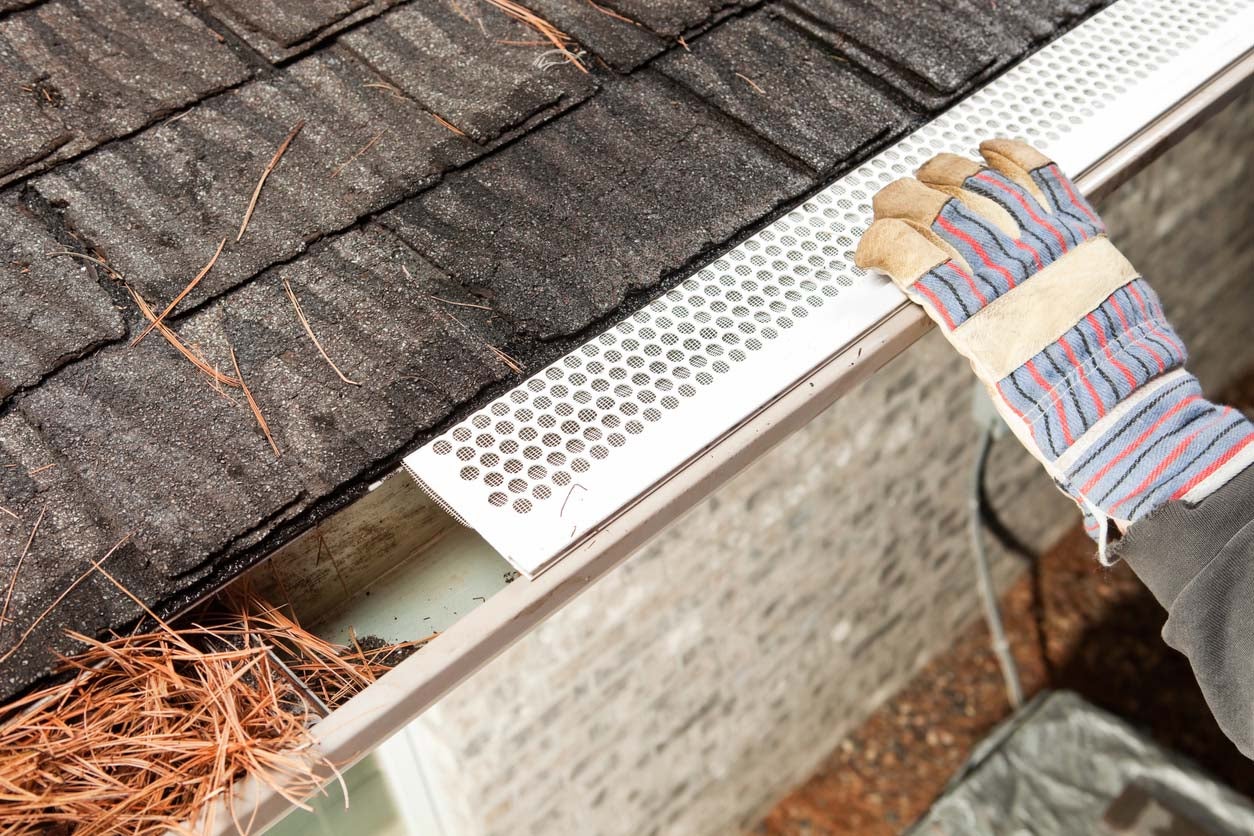
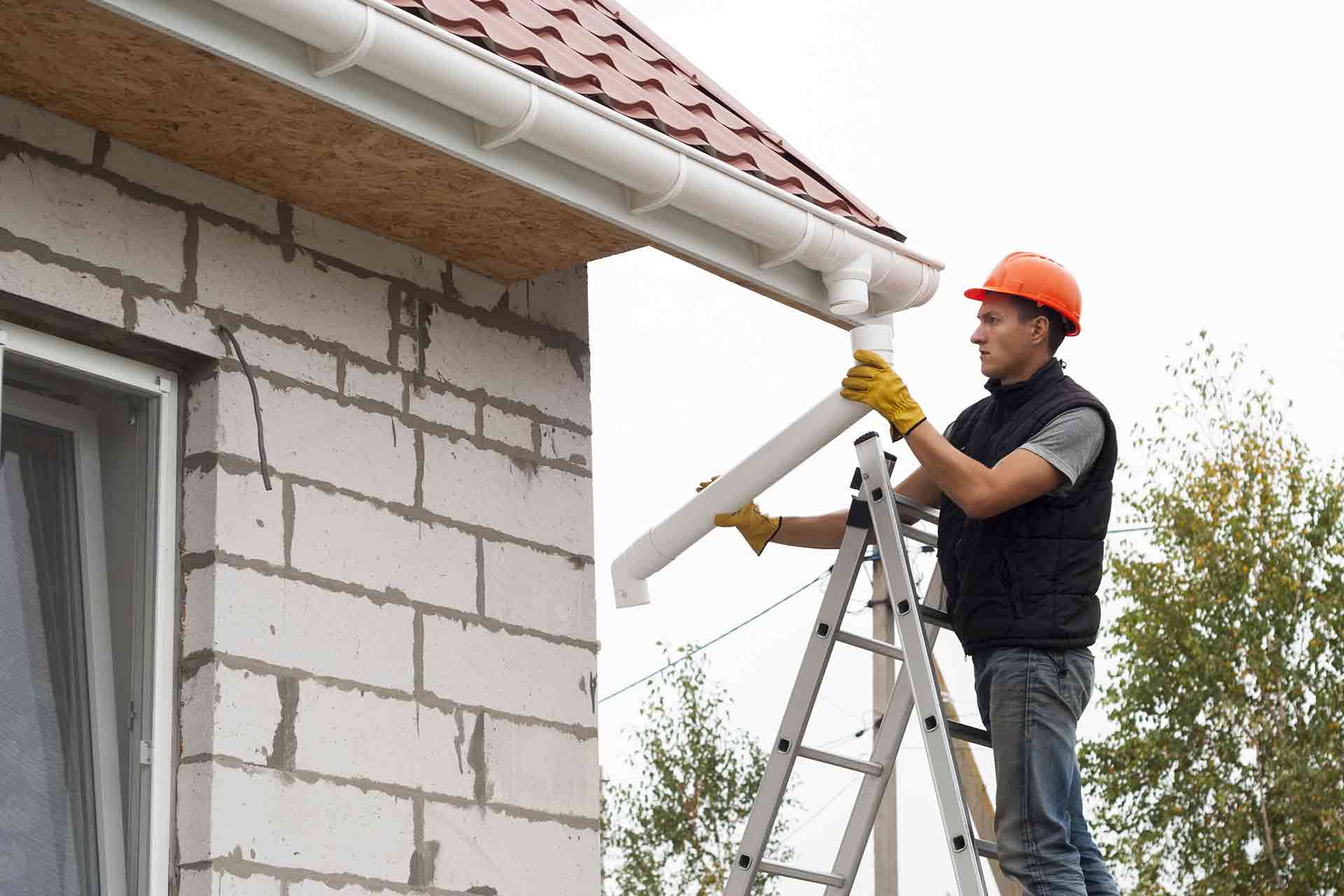
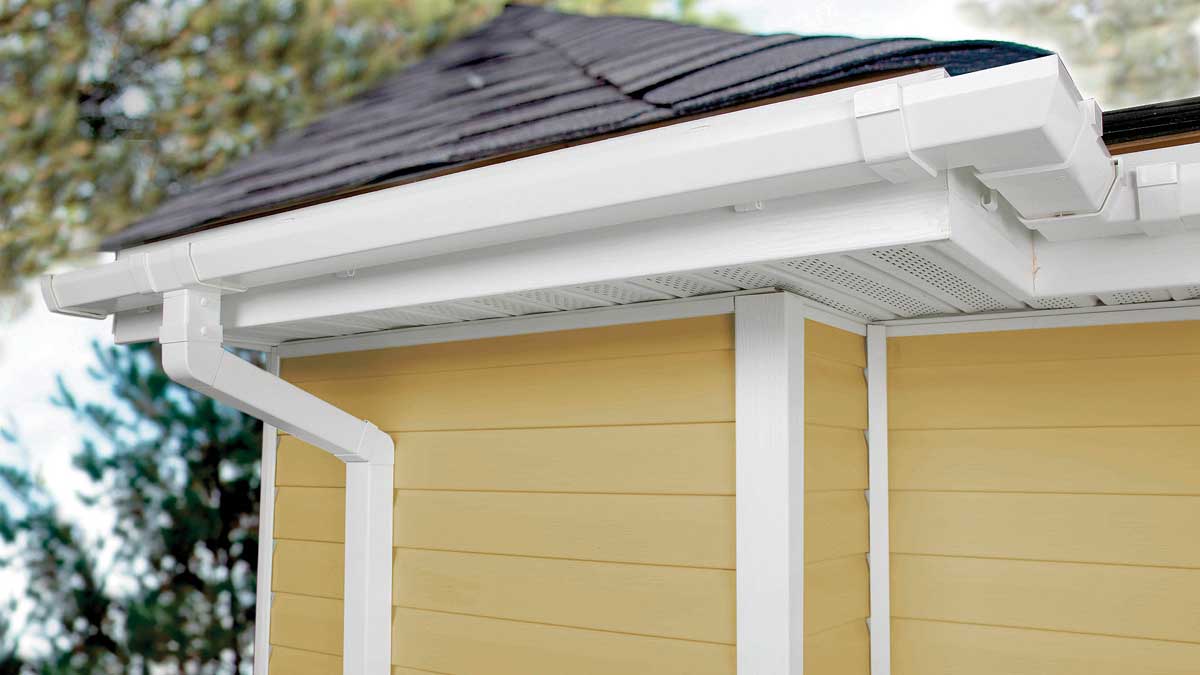
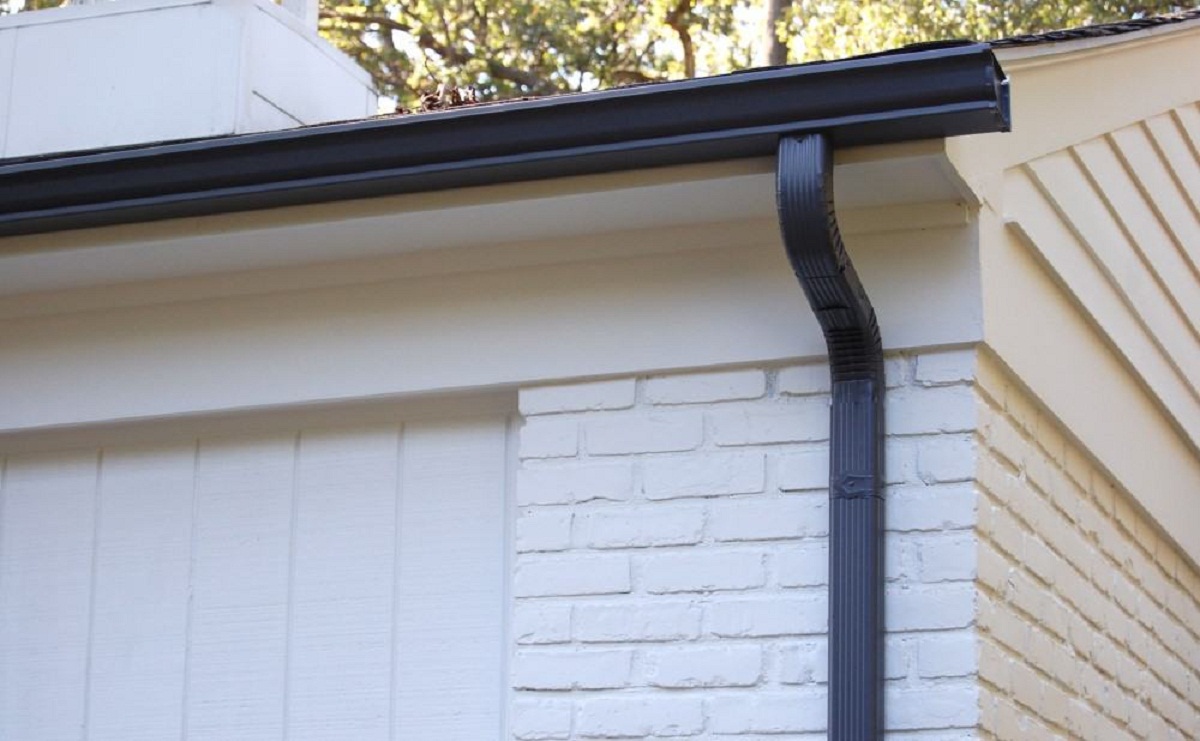
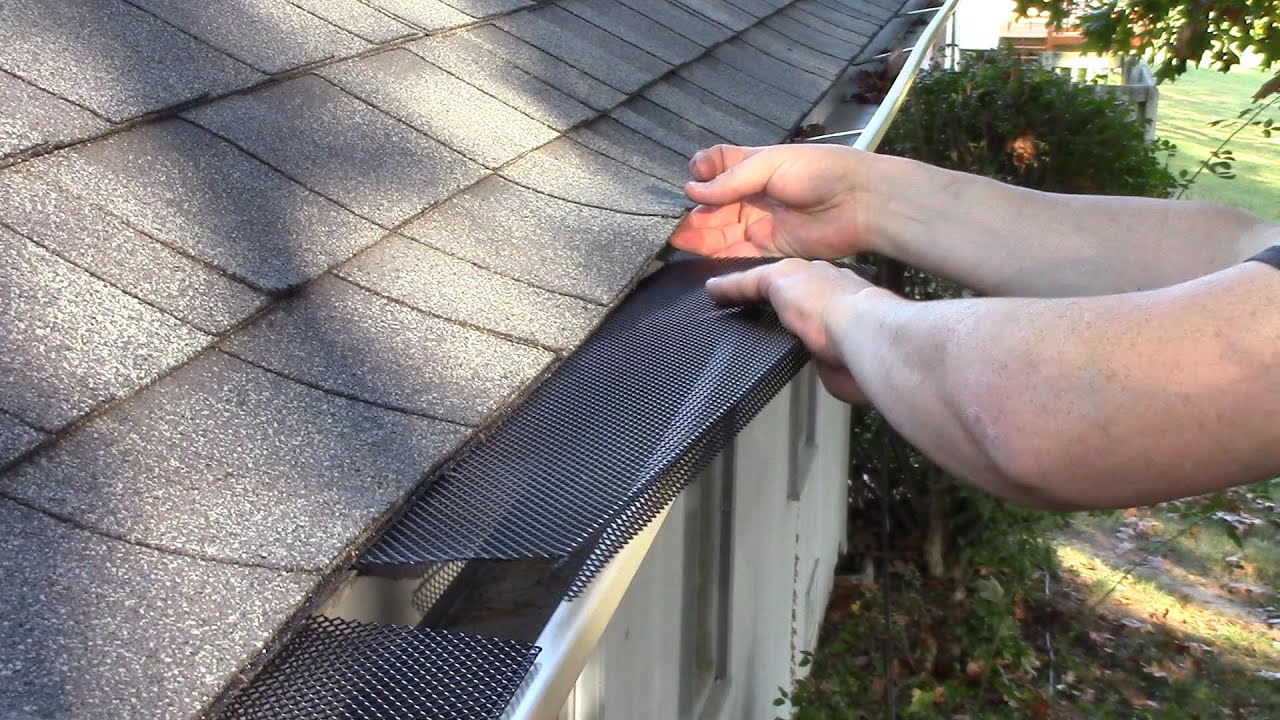
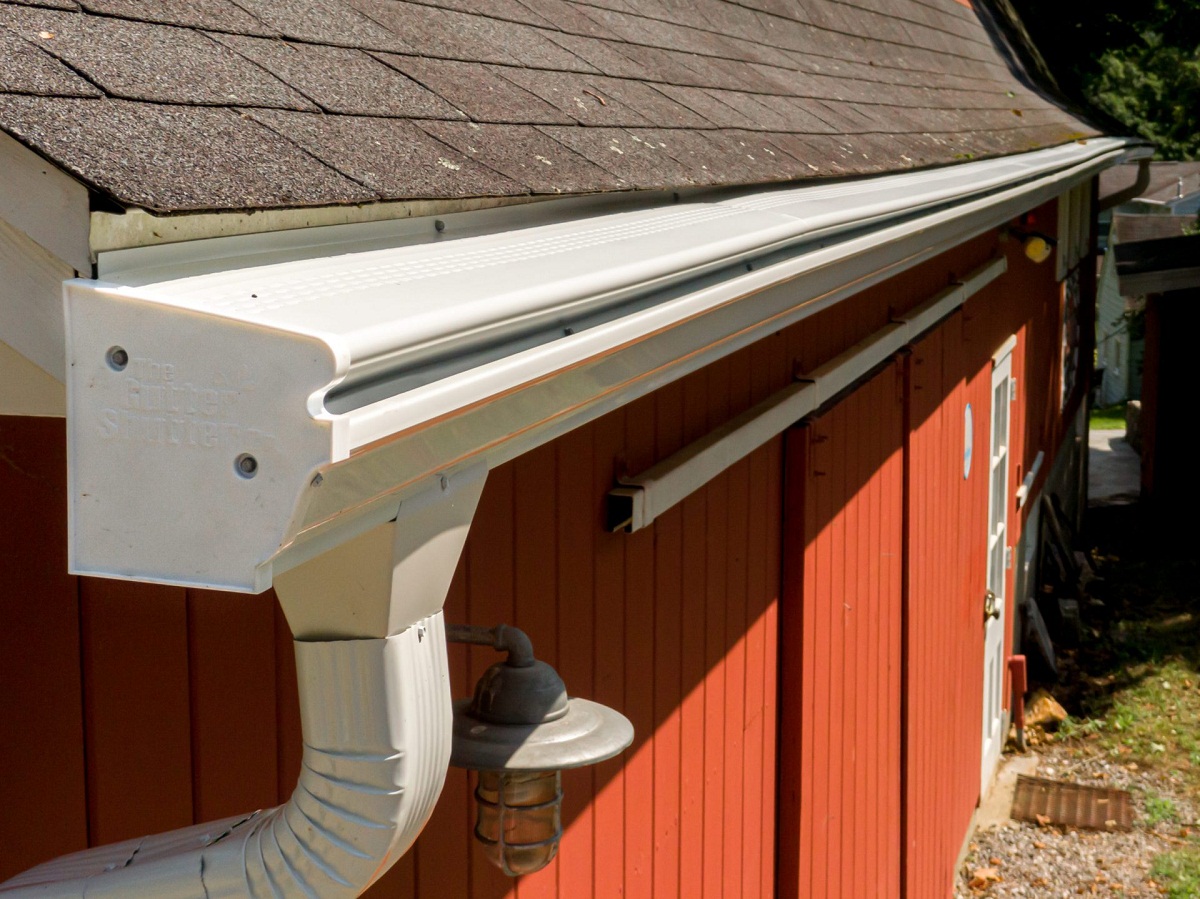

0 thoughts on “How Are Seamless Gutters Installed”